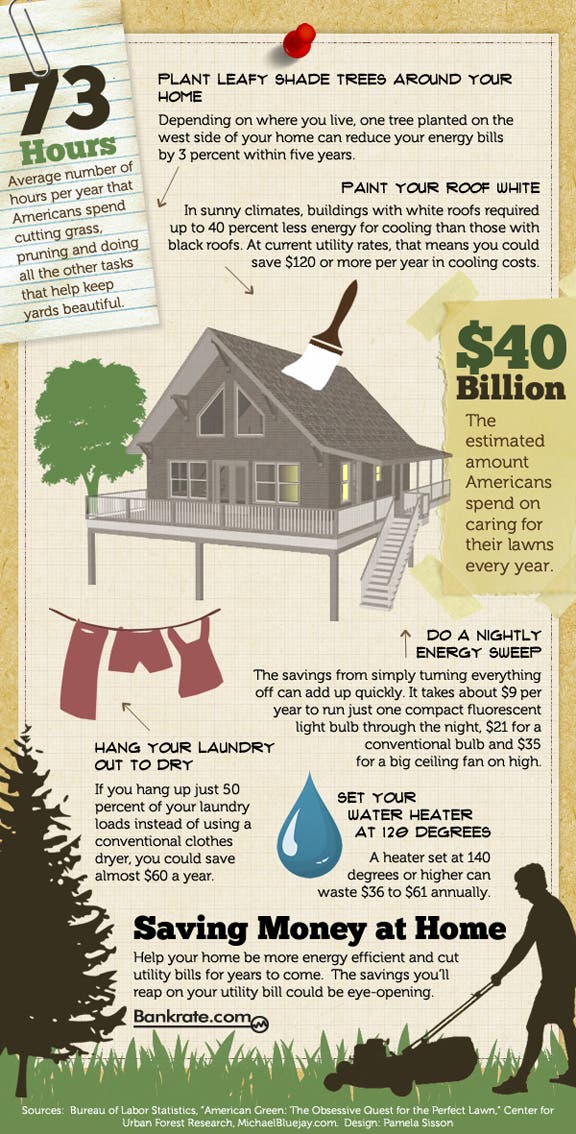Reveal Methods For Maintaining A Healthy And Balanced Habitat After The Trees Have Actually Been Taken Down
Reveal Methods For Maintaining A Healthy And Balanced Habitat After The Trees Have Actually Been Taken Down
Blog Article
Posted By-
When it comes to seasonal tree care, guaranteeing correct management before and after removal can significantly impact the wellness and appearances of your landscape. By recognizing the required actions associated with examining tree health and wellness and getting ready for removal, you can proactively safeguard your residential property. Yet what about the vital techniques to comply with once the tree is gone? Keep tuned to discover the necessary post-removal treatment actions that will aid you cultivate a flourishing and lasting environment for your trees.
Pre-Removal Tree Care
Before attending to the removal of a tree, it's essential to prioritize pre-removal tree care. Start by analyzing the tree's health and wellness and structural stability. https://www.countryliving.com/home-design/decorating-ideas/g30878403/floating-deck-ideas/ for indicators of disease, parasite problems, or any kind of structural issues that may pose a safety and security hazard throughout removal. Recommended Reading to seek advice from a qualified arborist to identify the very best course of action.
Pruning dead or unhealthy branches can prevent further damage to the tree and ensure a smoother removal process.
In addition, think about the environmental effect of eliminating the tree. Trees play a vital role in our ecological community, so planting a brand-new tree in an ideal location can help offset any kind of loss. Make sure that you have the needed licenses and approvals for tree removal, especially if the tree is secured by neighborhood guidelines.
Seasonal Upkeep Tips
Evaluating your tree's demands throughout the year is crucial for its health and wellness and longevity. To keep your trees in top condition, adhere to these seasonal maintenance ideas.
In spring, focus on trimming to remove dead or broken branches and encourage brand-new development.
Summer asks for routine watering, especially throughout dry spells, to ensure your tree remains hydrated.
As loss approaches, keep an eye out for very early indications of disease or tension, and consider using mulch to secure the roots throughout wintertime.
In winter months, be cautious when removing snow from branches to prevent damage, and continue to check your tree's total health.
Keep in mind to change your care regular based upon the particular demands of your tree species and regional climate. By remaining conscientious and aggressive throughout the periods, you can help your trees grow and thrive for many years to find.
Post-Removal Tree Care
To make sure the wellness of your landscape even after tree removal, correct post-removal treatment is important. After a tree is removed, it's essential to load the continuing to be hole with topsoil and compact it to stop settling. This will certainly aid maintain the integrity of the ground and prevent potential risks in the future.
Think about growing brand-new vegetation in place of the eliminated tree to recover the balance and visual appeals of your landscape. Regularly water the location to promote the growth of brand-new plants and avoid dirt erosion.
Examine the surrounding trees for any type of signs of disease or stress and anxiety that might have been caused by the gotten rid of tree. Watch out for insects that might've been drawn in to the previous tree and take preventive measures to shield the staying greenery.
If needed, seek advice from a professional arborist to assess the effect of the removal on the surrounding trees and identify any added care required. By following these post-removal treatment steps, you can guarantee the continued health and elegance of your landscape.
Final thought
In conclusion, positive seasonal tree treatment is vital for preserving the health and wellness and balance of your landscape. By assessing tree health and wellness, trimming, and consulting with an arborist before removal, you can make sure a risk-free procedure. After removal, loading the hole, planting new greenery, and regular watering will certainly promote new development and prevent erosion. Keep in mind to evaluate bordering trees for condition and look for further care steps from an arborist to keep your landscape thriving.
